$ETH $SOL #Tokenization #CryptoNews #Blockchain #Investing #DigitalAssets #Ethereum #Solana #Finance #DeFi #AssetManagement
Will Every Asset Be Tokenized in Five Years? What This Could Mean for Your Investments!
In every news cycle, the conversation around tokenization continues to gain momentum. The tokenized asset market has recently reached a staggering valuation of $33.91 billion, showcasing the rapid growth and interest in this innovative financial landscape. Industry experts, including Joe Moglia, former chairman of TD Ameritrade, predict that full tokenization could occur within the next five years.
Currently, Ethereum has established itself as the leader in this space, boasting $12.1 billion in tokenized assets. Meanwhile, Solana is also making significant strides, further diversifying the market. Notably, the rise of Tesla-led tokenized stocks and advancements in tokenized gold demonstrate that traditional assets are increasingly being converted into digital formats. However, it is important to note that adoption has been uneven across various blockchain platforms, leading to disparities in market growth and accessibility.
As tokenization becomes more mainstream, investors should consider the implications for their portfolios. The transition to a tokenized economy could unlock new investment opportunities and enhance liquidity in previously illiquid assets. This shift could encourage a more democratized investment landscape, where anyone can access high-value assets through fractional ownership.
The Advantages of Tokenized Assets
Tokenized assets come with several benefits that can significantly impact investment strategies. For starters, they offer increased liquidity, which means that investors can buy and sell portions of assets more readily. This is a stark contrast to traditional asset classes, where ownership often requires substantial capital and long holding periods.
Additionally, tokenization can enhance transparency and security. Assets represented on a blockchain are easily verifiable, reducing the risk of fraud and improving trust among investors. Furthermore, smart contracts enable automated processes, such as execution of trades and distributions of dividends, which can streamline operations and lower costs.
However, challenges remain. Regulatory frameworks are still catching up with the rapid evolution of tokenization, and investors must navigate a complex landscape of compliance and legal considerations. Moreover, while Ethereum and Solana are taking the lead, other chains may struggle to gain traction in a competitive market, affecting overall adoption rates.
Future Implications for Investors
As we look towards a future where tokenization is more prevalent, it is essential for investors to adapt their strategies accordingly. Diversifying investments across both traditional and tokenized assets could provide a balanced approach to risk management. Additionally, keeping an eye on evolving blockchain technologies and their potential applications in various industries will be crucial.
To stay informed, investors should explore various resources, such as relevant text, to gain insights into the latest developments in this fast-growing field. Moreover, participating in platforms like Binance could provide opportunities for trading tokenized assets and understanding market dynamics. For more information, check out this relevant text.
In conclusion, the path to full asset tokenization is not without its hurdles, but the potential rewards for investors are substantial. As the market continues to evolve, keeping an informed perspective will be key to navigating the future of investments in a tokenized world.

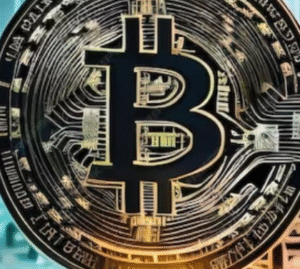
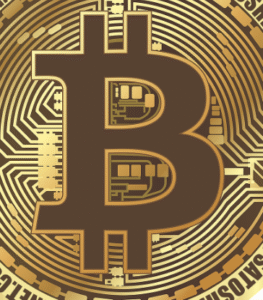
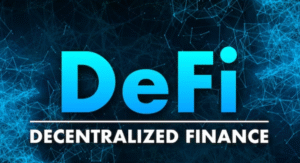

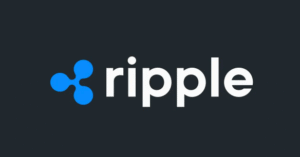

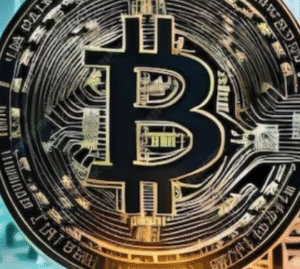
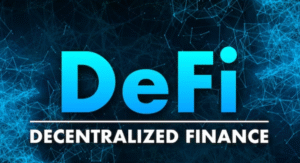
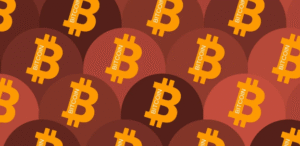
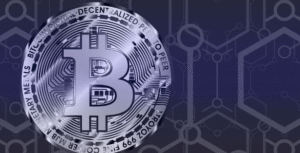
Comments are closed.